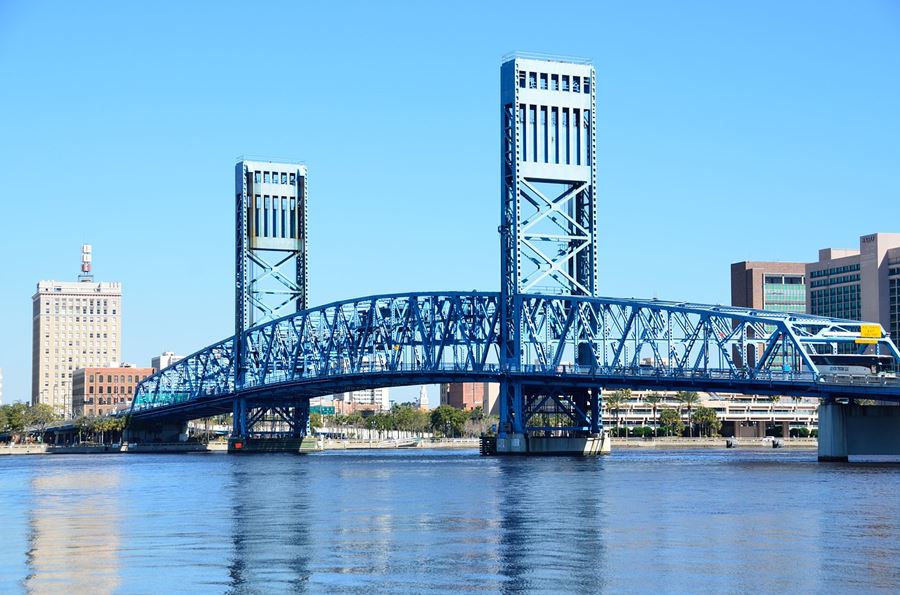By Frank Andorka, Senior Correspondent
What Happened: Wow. Just. Wow. Jinko Solar’s investment in Jacksonville, Florida, just keeps getting smaller with each passing story, having fallen from initial reports of more than $400 million in local investment and more than 800 jobs.
- In three months, the level of investment from the Chinese solar module manufacturer has fallen from $410 million to $50 million (an 88% decrease).
- Meanwhile, the city keeps throwing more money at the module manufacturer. Having initially approved slightly more than $23 million in incentives, they approved nearly $3.5 million last week.
- So for those of you keeping score at home: Jinko is now going to invest around $50 million in the factory, while the city and state are still investing around $57 million. That’s a 16% return – not bad for not doing any visible work, is it?

SolarWakeup’s View: You have to wonder whether poor Jacksonville, Florida, has caught on yet to the fact that they are the victim of a long con, being masterfully orchestrated from China by Jinko Solar.
Back in January – January 19, in fact – I broke the story that Jinko Solar was in negotiations with the city (under the clever pseudonym “Project Volt,” which to be fair should have been the name of a Chevy plant, not Jinko) to build a $410 million factory in the city and hire nearly 800 people. Five days later, the city council approved its $23 million portion of what is supposed to be a $54 million state/city incentive package to bring this stalwart of solar module manufacturing to the city.
Ever since then, Jinko has been cagey about the investment, even after confirming its involvement obliquely in a throwaway line in a press release. And more recent reporting has said that Jinko has cut its investment by 88% to $50 million, while there has been no reporting that the city/state incentive package has gone down at all. In fact, as I mentioned above, the city threw nearly $4 million more at the deal just last week.
If it were me, I’d stop throwing money at this deal until Jinko has at least broken ground on the factory. I mean, the most recent reporting is that this factory is primarily being built to service a NextEra contract for up to 2.75 gigawatts of PV over four years and employ only 200 people. What happens if after that four years, Jinko doesn’t get another contract?
But here’s the central point I want to make: People (and they know who they are) were peddling the Jinko story as the first trickle of a flood of Chinese module manufacturers were going to rush to the United States in light of President* Trump’s tariff decision in January, which (according to this narrative) would lead to a rebirth of U.S. solar module manufacturing.
You might hold up planning that renaissance party you’ve been planning.
In recent weeks, we’ve seen this Jinko deal shrink, and we’ve seen moves by Suniva’s largest creditor that indicate they’re getting ready to sell that company off for parts. And don’t get me started on all the bizarre news out of SolarWorld.
This factory is looking less like a harbinger of better times than a coal-mine canary, post leak.
More:
JinkoSolar Confirms $50M Investment in US Factory to Make Tariff-Free Solar Panels




